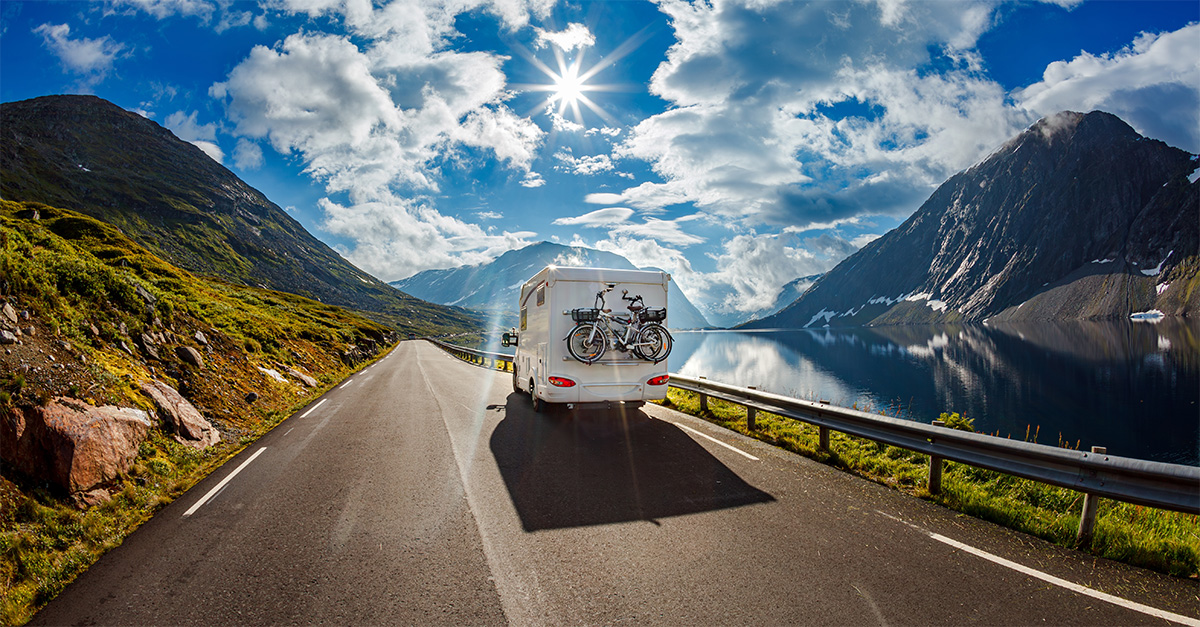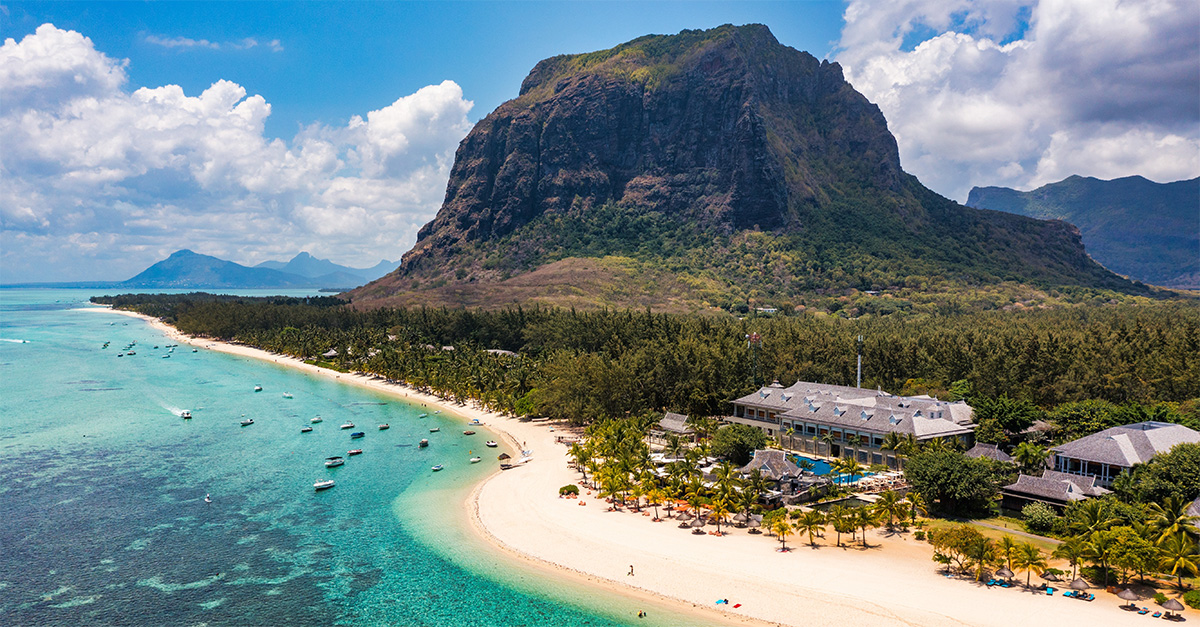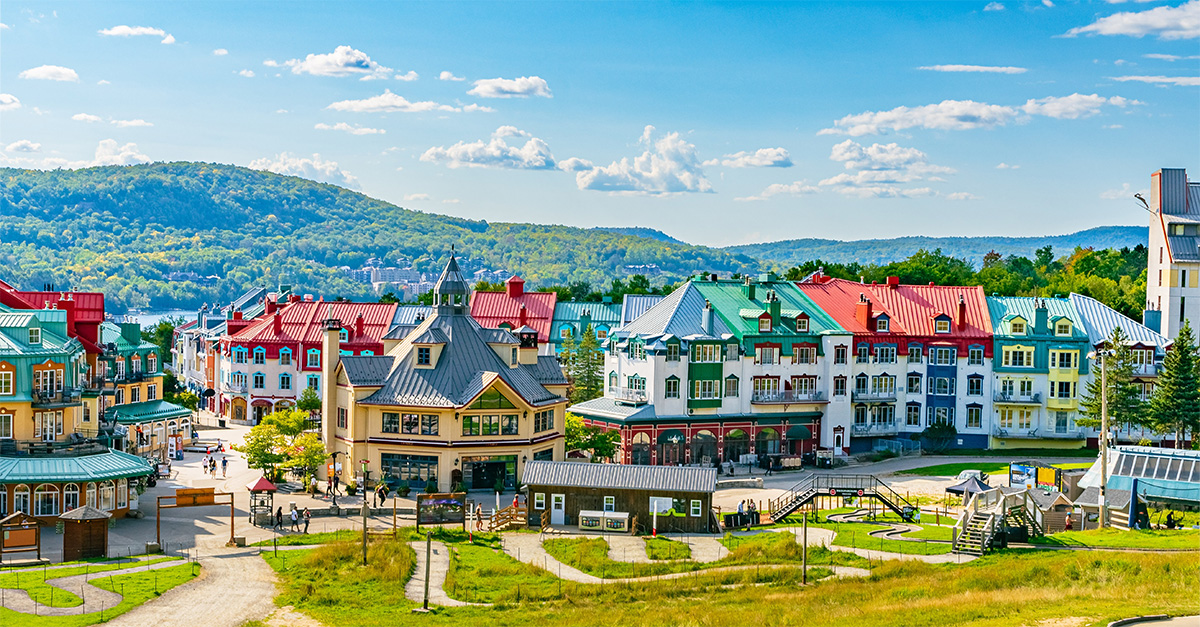Tamara Hinson discovers the timeless appeal of Trier.
Click here to download and save as a PDF.
It’s the oldest city in Germany, a treasure trove of Roman ruins, and the birthplace of radical philosopher Karl Marx, whose 200th anniversary was commemorated this year, so why is Trier still relatively under the radar for British visitors?
With a prime location on the border of Luxembourg, right in the heart of the Moselle wine region, it’s also a gateway to one of Germany’s most attractive areas, but there’s plenty for visitors to discover in the city first.
See: Romans and radicals
The best place to take in views of the German city of Trier? The top of the Porta Nigra, the largest Roman city gate north of the Alps.
But if you’re a budding historian without a head for heights, don’t panic as Trier has the most Roman ruins of any city outside Rome. Other spectacular examples are the enormous Basilika – built for Emperor Constantine, and the world’s largest single-room surviving structure from the Roman Empire – and the Imperial Baths, one of Trier’s nine Unesco World Heritage Sites.
In the heat of summer, a wander around the baths’ labyrinth of underground tunnels provides welcome respite from the blazing sun (Trier is Germany’s warmest city, as well as its oldest).
“In the heat of summer, a wander around the baths’ labyrinth of underground tunnels provides welcome respite from the blazing sun.”
Not so in Roman times, when they were a workplace for the slaves tasked with stoking the fires that heated the water. The unluckiest conscripts were consigned to the tunnels which doubled as the sewage system.
There aren’t many German cities where the biggest attraction is a Roman ruin, but stranger still is the story behind its connections with Marx.
In May, the city unveiled a rather unusual birthday present – a 5.5-metre-high statue of Marx, donated by the Chinese government. It was originally going to be taller, until a representative dispatched to China convinced the artist that a lesser height of 5.5 metres would be a fitting nod to Marx’s birth, on May 5, 1818.
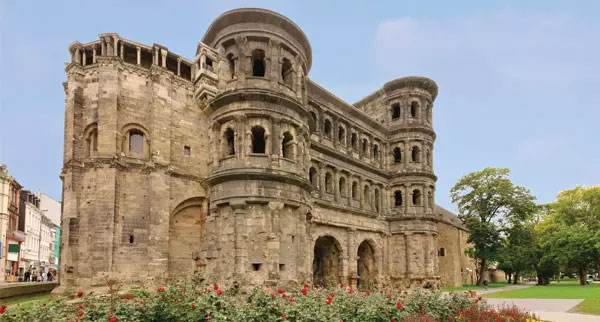
Trier’s shops are filled with Marx memorabilia: Das Kapital‑clutching rubber ducks, Karl Marx-adorned wine (his family owned a nearby vineyard) and Karl Marx cookie cutters.
On Fleischstrasse, traffic lights display red and green caricatures of Trier’s controversial former resident. Many museums have unveiled temporary exhibitions, and at the Karl Marx House, a museum that’s also Marx’s birthplace, you’ll find plenty of interactive displays, making it a great option for younger visitors. Must-sees include a priceless first-edition Das Kapital and Marx’s British Library membership card.
Other museums worth checking out include the Rheinisches Landesmuseum (Archaeological Museum), where highlights include 150 Roman mosaic floors (the largest collection in Germany), Roman coins and items retrieved from burial chambers dating back to the Middle Ages.
“Many museums have unveiled temporary exhibitions, and at the Karl Marx House, a museum that’s also Marx’s birthplace, you’ll find plenty of interactive displays.”
Trier’s food scene is as diverse as its tourist attractions, partly due to its proximity to France and Belgium. The estimated 150,000 annual Chinese visitors (many of whom come to pay their respects to Marx) are well catered for with a huge number of excellent Chinese restaurants, but there’s plenty of traditional German grub too. Das Weinhaus on Brückenstrasse has a beautiful outside dining area and a book-like menu listing more than 700 (mainly local) wines.
Don’t forget to stop by Christis, either. At this cosy ice cream parlour on Sternstrasse, just off the main square, there’s a real focus on local ingredients, whether it’s elderflower or freshly picked strawberries. My favourite? The riesling ice cream, made with wine from the Mosel-Saar-Ruwer region.
But a word of warning: like many places here, Christis doesn’t accept credit cards. Despite being the birthplace of money-hating Marx, cash is definitely king here. This applies to the vast majority of smaller businesses, as well as some larger independent stores and restaurants, so have a ready supply of euros.
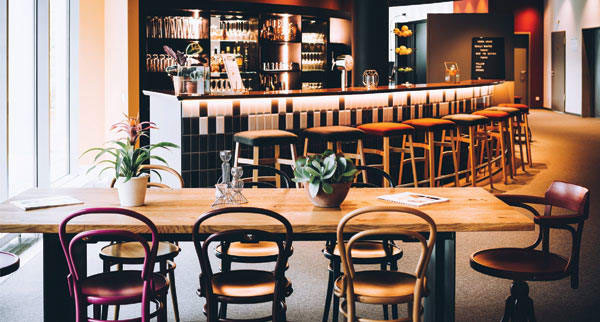
Stay: Great and small
Trier is a small city with a relatively small selection of chain and independent hotels. One of the largest is the Park Plaza Trier near the city’s cathedral. The hotel has 150 rooms, along with (fittingly) a Roman spa. Doubles start from £125 per night.
The Ibis Styles Hotel Trier (double rooms from £79 per night) has 100 rooms and a gym and is just a short walk from the Porta Nigra.
“Nearby Saarburg, a popular stopover for many visitors to Trier, is where you’ll find Villa Keller, a riverside property dating back to 1801.”
Visitors who don’t mind being a little farther away from the city centre (although still within walking distance) will love the Vienna House Easy Trier. This colourful dog-friendly property has 105 rooms, two large conference rooms and Gasthouse, a restaurant known for its huge selection of wines. Quirky touches – including thank-you gifts for guests who forgo housekeeping for one day, Karl Marx-adorned plates on bedroom walls, and vintage bikes which can be borrowed for free – make this one of Trier’s hippest hangouts. Double rooms start from £87 per night.
Nearby Saarburg, a popular stopover for many visitors to Trier, is where you’ll find Villa Keller, a riverside property dating back to 1801. Double rooms start from £49 per person.
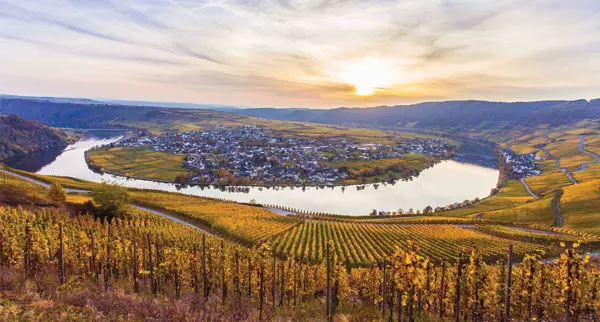
Moving on: Wine country
Trier is just one of the highlights of the Moselle wine region which nudges up against Luxembourg’s border. Nearby Saarburg – get there via road, train or boat tour (the most popular boat operator is Moselle Tours) – is a riverside town in the shadow of a castle-topped hill. It’s surrounded by vineyards, some of which are on such steep slopes that grape pickers have been known to attach themselves to ropes.
In the ancient town centre, cafes and bars surround a spectacular stretch of the Leukbach River which plummets over the edge of a 60-foot drop. To learn more about the town’s history (and sample its produce), travel back in time to 1910 and sign up for a tour with Lady Katie (aka Christiane Beyer), the wife of a wine dealer. It’s also worth visiting the town’s 16th-century bell foundry, now a museum.
“It’s surrounded by vineyards, some of which are on such steep slopes that grape pickers have been known to attach themselves to ropes.”
Saarburg’s position on the river makes it a popular destination for cyclists, many of whom pedal from the town to Piesport, 39 miles away, where wine has been made since Roman times.
Nationalpark Hunsrueck-Hochwald is 25 miles south of Trier. A rugged, wildlife-filled national park, it’s popular with hikers and cyclists, and one of its newer attractions is the 50-mile cycling route between Nonnweiler and Mörschied.
Other nearby towns include Bernkastel-Kues (served by boat tours from Trier), a historic town surrounded by more than 100 vineyards, and Traben-Trarbach, 37 miles northeast of Trier. The latter is famous for its art nouveau villas, many of which can be seen on guided tours.
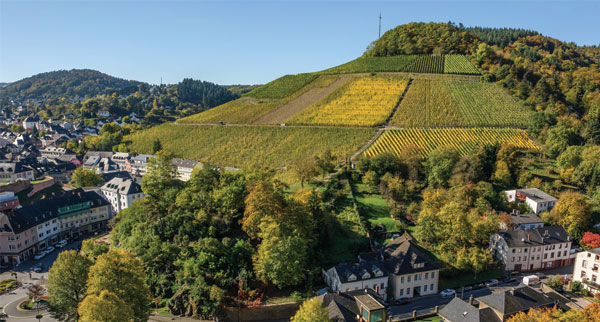
Sample product
Osprey Holidays offers a three-night stay at the three-star Ibis Styles Trier on a bed-and-breakfast basis, including flights from Gatwick to Luxembourg, from £329 per person, based on an October 5 departure.
ospreyholidays.com
Fred Holidays offers a three-night break, including flights from Stansted to Cologne, return train travel to Trier and accommodation in the three-star Deutscher Hof, from £399 per person.
fredholidays.co.uk
Rail Discoveries’ five-day Moselle Valley tour starts from £710 per person and includes a visit to Trier, a journey on the Moselle Wine Train and guided walking tour of Cochem, plus Eurostar travel and accommodation at Cochem’s four-star Hotel Karl Müller. Based on a September 16 departure.
raildiscoveries.com
Where next?
Luxembourg is just a 30-minute drive away, or there are regular bus and rail services too.
Paris can be reached in three hours and 20 minutes by train; Brussels in five hours.
Alsace makes a great twin-centre option for wine lovers. As Trier is located in the Moselle Valley – one of Europe’s top wine-producing regions – it’s hardly surprising many visitors pair it with the Alsace wine route, a three-hour drive away.
Read more
Hiking and biking around Saxon Switzerland National Park
Dresden city guide: 48 hours in Germany’s cultural capital
Cruising through Germany’s wine regions


